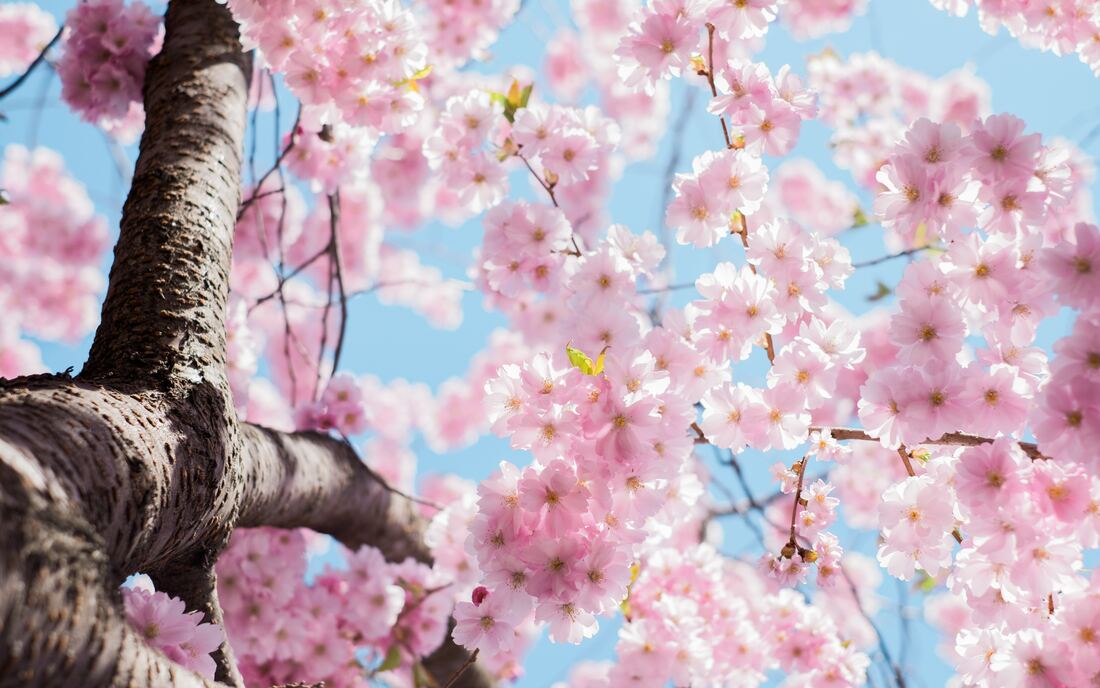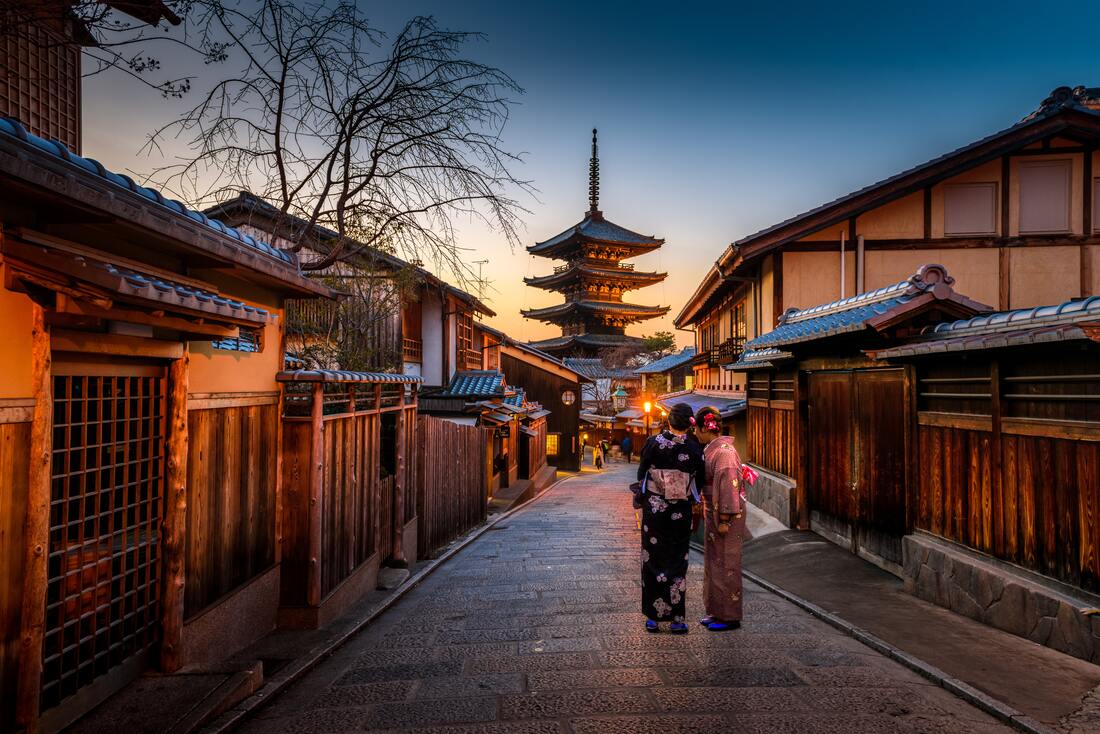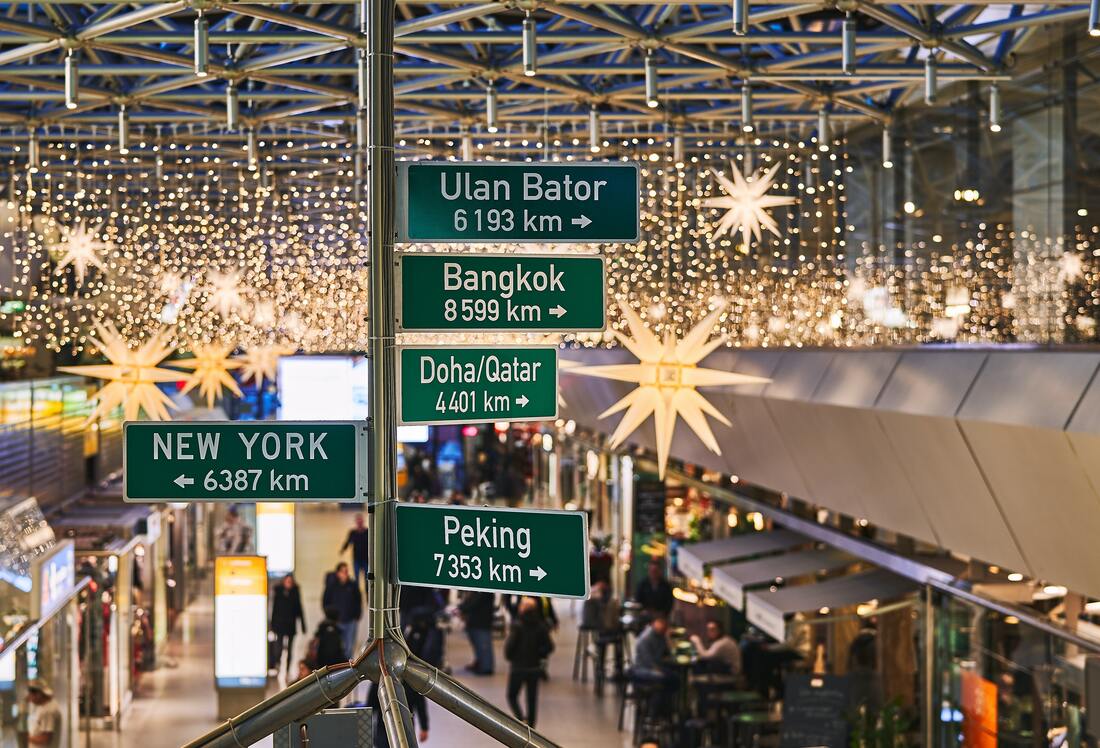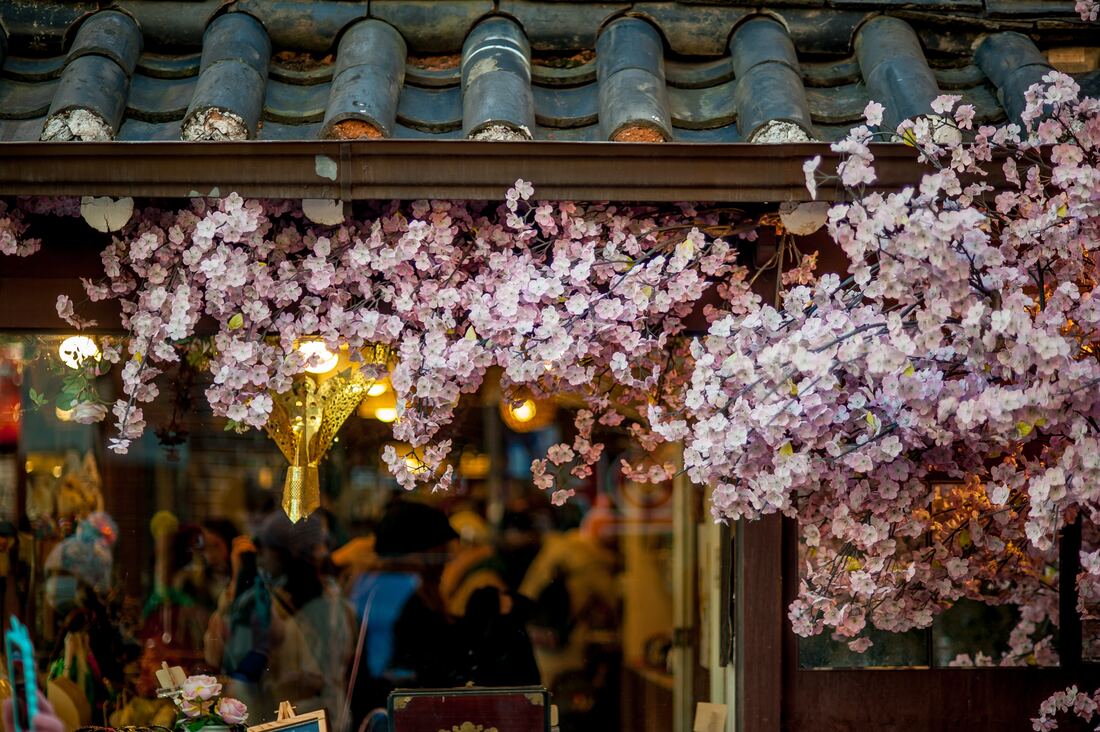|
Shunbun no hi is the Japanese holiday which celebrates the spring equinox in Japan. This holiday falls on the 21st March this year and is part of a seven day period known as Haru no Higan (Spring Higan). On Shunbun no hi, the hours of light equal those of the of darkness and it is a time to mark the changing of the seasons. Each September, another higan is celebrated, this time marking the autumn equinox. While the origin of Haru no Higan is unknown, it has been celebrated since the 8th century when the Emperor of Japan mandated it’s observation. So how do the Japanese spend Shunbun no hi? Many people head back to their hometowns and spend a portion of the day tending to the graves of their ancestors according to ancient Buddhist tradition. In Buddhism, the term higan means “other shore” and refers to the belief that there is a river between this life and the next.
0 Comments
For English speakers, the world of travel is relatively accessible. In many of the countries that you travel to, many of the key individuals you will need to communicate with will have learned basic English. You can often get by without speaking more than the basics of the native tongue. However, for a full experience of a country, speaking the language is essential. Here are 4 reasons why you should learn the local language before you land. Navigation. There are few things more intimidating than arriving in a country where you don’t speak the language. Road signs, train stations and maps are written in unreadable words and navigating the city becomes impossible. Relying on strangers to direct you also becomes risky as even those that speak your language are likely to misunderstand or misdirect you. At the basic level of safety and navigation, proficiency in a country’s language immediately boosts your experience. Connections. As the principal way humans communicate, language is essential for connecting with others. Building friendships with people you would never otherwise encounter is one of the greatest benefits of travelling. While you may be able to get by with hand signals and fragmented phrases, genuine connection with the people of the country you are visiting is enabled only by a shared language. Discovery. One of the downsides to being a tourist is having to rely on tourist information. Geared towards making profits and pleasing diverse markets, the products and information accessible to you as a tourist barely scratch the surface of the culture you are visiting. To discover the real hidden gems of a city, listening to local advice and exploring the city independently offer the best potential. Without the language, these become impossible. Understanding. Language is a fundamental part of culture. It reflects the character and traditions of its country and the values of the people who speak it. For this reason, a full understanding of a place and its people is impossible without a knowledge and appreciation of the language which holds them together. In order to experience the richness of a new place, connect authentically with people and reap the full benefits of a travel experience, proficiency in the local language is essential. Amy Galliford. I was reading about the Japanese cherry blossom festival as I know it is usually about this time of year and found this article on a website which I have referenced below. It was really well written so I have just included their information:  Anyone travelling to Japan in the springtime is sure to experience one of the more exceptional natural events in the seasonal calendar. Hanami, or flower viewing, is the annual Japanese custom of enjoying the blooming foliage after the winter weather subsides. While Hanami specifically refers to the blooming of cherry blossoms, many plan events around the one to two week period where nature flourishes with colour and fragrances. Said to have begun in the late 8th century, the flower viewing tradition is widely believed to have started in the Nara Period. The seasonal event was used to welcome in the new year's harvest while marking the beginning of the rice planting season. In the Heian Period , Emperor Saga would welcome this time with celebratory feasts and parties under the Sakura trees in Kyoto's Imperial Court. While originally limited to Japanese royalty and the elite upper class, Hanami spread to all citizens by the Edo Period in the early 1600's. The custom still lives to this day as visitors from around the globe partake in this traditional event. Since then, the annual custom has drawn visitors to witness the beautiful seasonal changes while pinpointing and celebrating the beginning of the fiscal and scholastic year with friends and family. A typical Hanami usually consists of holding an outdoor party under cherry blossom trees during the day or night. Food, beer and sake are brought to a picnic as visitors bask in the cherry blossoms that fall from the tree. These parties last well into the night as the moon illuminates the pink blossoms. While cherry blossoms bloom throughout the country, there are a few cities and regions famous for their Hanami festivals. The castle town of Hirosaki, which holds the Sakura-matsuri festival, is one notable Japanese city famous for its bountiful cherry blossoms that draw people from both near and far. Also, travel to the centre of the Nara Prefecture to find Yoshino-yama a mountain with over 30,000 cherry trees that is considered to be the best viewing spot in all of Japan. Or make a trip to the cherry blossom viewing tunnel at the Japan Mint in Osaka, where every April the grounds are open to the public for one week so that visitors may enjoy a prime view of their cherry blossom trees. Over 100 varieties of trees bloom at the Japan Mint tunnel, giving visitors the opportunity to distinguish between the various sizes and shapes of the flowers. Finally, if your trip leads you to Tokyo in the spring time, explore Ueno Park where 1,200 blossoming cherry trees burst to life. Don't forget to make a stop at one of Ueno Park's many museums, including the Tokyo National Museum, National Science Museum, and Japan's first zoological garden.No matter where your travel arrangements lead you, a visit to any number of cherry blossom festivals in Japan is guaranteed to be a joyful occasion that pinpoints the cleansing of the mind and new beginnings. Reference: http://us.jnto.go.jp/heritage/bf_cherry.php
To find a list of Japanese cities famous for their cherry blossoms, please visit: http://www.jnto.go.jp/eng/location/interests/cherry.html |
AboutTravelling is an exciting opportunity which can be enhanced by learning the language before you go. This blog contains some interesting articles about language and travel. Archives
April 2024
Categories |





 RSS Feed
RSS Feed

